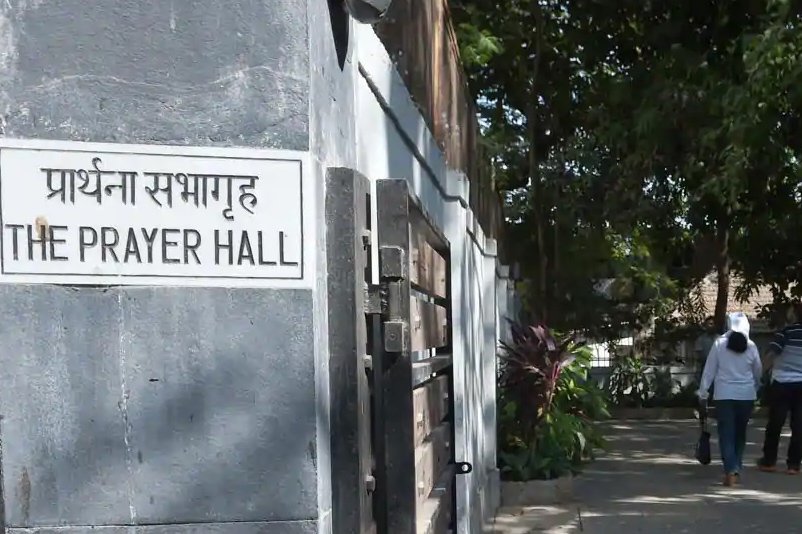Parsi prayer hall at Mumbai crematorium: Success or failure?
The traditionalists, who are called the orthodox, say the facility has failed to convince community members to adopt unconventional funerals.
In August 2015, a group of Parsi-Zoroastrians inaugurated a prayer hall at the Worli municipal crematorium for families of those who chose not to be interred at the Tower of Silence on Malabar Hill.
Traditional Zoroastrian funerals, which are called Dokhmenashini – a system of sky burials that relies on the sun and carrion birds to dispose of bodies – is in peril because of the near-extinction of India’s vulture species. According to experts, the population of some vulture species has declined by over 99%. The three-centuries-old Tower of Silence, called Dakhmas, receives around 700 dead bodies every year, but in the absence of vultures, bodies can rot for months.
More than a decade ago, prominent Parsis from Mumbai, including former municipal commissioner Jamshed Kanga, set up the group ‘Disposal of Dead with Dignity’ to campaign for alternate methods of funerals. “The Tower of Silence system is not working well and we need alternatives,” Kanga had told this journalist.
A demand to construct a crematorium in a corner of the 50-acre wooded Tower of Silence was not accepted by the Bombay Parsi Punchayet (BPP), the trust that manages the cemetery. Zoroastrian death rituals include prayers for several days after the funeral. These services are held in prayer halls’ complexes in the cemetery, but these premises became inaccessible for families of those who chose not to be interred at the Dakhmas. Two priests, who conducted after-death prayers for those who were cremated or buried, were banned from the prayer halls.
A group of community members, with the help of philanthropists and the municipal corporation, built a prayer hall at the Worli municipal crematorium.
The magazine, Parsiana, compiles and reports data on deaths, marriages and births in the community. While data from abroad, where a large diaspora lives, is only an estimate, the statistics from Mumbai, where the bulk of the community lives, is accurate as it is sourced from the BPP, the community’s largest representative body.
Last week, this newspaper carried a report on the data gathered in 2018. There were 720 deaths in the community last year, out of which 647 bodies were consigned to the Dakhmas, called Tower of Silence, on Malabar Hill. Around 11% – 73 – were cremated.
Since its inauguration, the prayer hall has hosted 247 prayer services. So, is the prayer hall a success? It depends on who you ask. The traditionalists, who are called the orthodox, say the facility has failed to convince community members to adopt unconventional funerals. They point to the fact that nine out of every ten funerals are still carried out in the traditional way.
For the reformists, who have been campaigning for changes in religious and social laws, the number of cremations vindicates their stand that the community wants reforms. People wanted to go for cremations, but the absence of a prayer hall had stopped them from opting for it, they feel. Jehangir Patel, editor of Parsiana, told this newspaper that before 2015, around 6% of the funerals were non-traditional. The prayer hall caused a spurt in the number of cremations as families of those who opted for non-traditional funerals had a place for religious services.
In places that do not have Dakhmas, burials and cremations are the norm. Zoroastrians in Delhi, for instance, maintain an ‘Aramgah’ or burial ground. But in places where there are Dakhmas, there have been demands for alternative types of funerals. In January 2017, Parsi-Zoroastrians in Navsari, a city in south Gujarat, met to discuss a demand from some members of the community that they should create an ‘Aramgah’ for those who do not want to opt for the traditional funeral practices.





